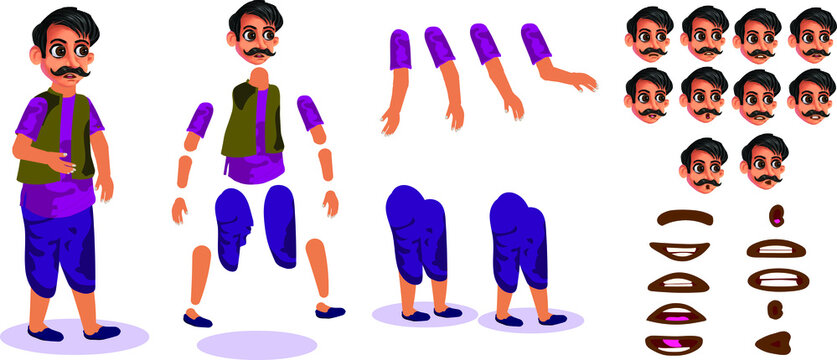Here, we provide you with 12 principles of animation shared by Disney filmmakers. Check them out now to become a professional animator.
In addition to compiling the 12 principles of animation for you, we also analyze the content of each principle in detail. Furthermore, specific examples and implementations have been fully updated.
Table of content:
- Squash and stretch
- Anticipation
- Staging
- Straight-ahead action and pose-to-pose
- Follow through and overlapping action
- Slow in and slow out
- Arc
- Secondary action
- Timing
- Exaggeration
- Solid drawing
- Appeal
What is the history of the 12 principles of animation?
In 1981, the 12 principles of animation were introduced for the first time by two Disney animators, Ollie Johnston and Frank Thomas, in the book “The Illusion of Life: Disney Animation.” In reality, these principles had been applied by Disney animators since the 1930s. To create these timeless works, Disney filmmakers had to distill practical experience and conduct curious research for over 50 years.
After its release, the book became a cornerstone in the education of many animation schools. The 12 principles of animation served as the foundation for creating a series of classic animated films throughout history. Some notable examples include The Lion King (1994), Toy Story (1995), Spirited Away (2001), and many more.
Even to this day, the 12 principles of animation remain an integral part of the animation industry. It can be said that the release of “The Illusion of Life: Disney Animation” by those pioneering filmmakers marked a transformative step in the global animation industry.
What are the 12 principles of animation?
Let’s review and analyze the 12 principles of animation in detail below:
1. Squash and stretch

“Squash and Stretch” is a fundamental principle in animation. Simply put, this principle helps make animated objects more dynamic in the eyes of the audience. Overall, this “conveying material” principle is applied in most contemporary animated films.
For instance, to create the effect of a bouncing ball on the ground, you would draw the ball stretching when it hits the ground and compressing when it rebounds into the air.
Successfully applying “Squash and Stretch” to an object requires animators to have a practical imagination to know when to compress and when to stretch.
2. Anticipation
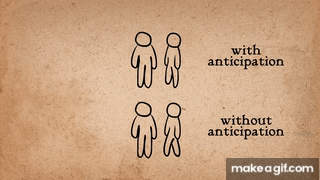
To create attraction in an animated film, filmmakers must provide cues indicating what is about to happen next. This is the essence of the second principle among the 12 principles of animation that Disney animators aim to convey.
For example, having a character bend their knees suggests to the audience that the character is about to jump into the air. Or, before kicking a ball, a soccer player must swing their leg backward.
Failure to apply this principle in animation can result in awkward and lifeless movements in the film. Naturally, no audience wants to watch scenes like that.
3. Staging

Staging is an indispensable technique in the entire filmmaking industry, not just in animation. In this regard, filmmakers must arrange the composition, camera angles, character positions, etc., to ensure the audience has the most visually pleasing perspective.
Fundamentally, this staging contributes to directing the audience’s attention to the key details in each scene. Consequently, effectively conveying the film’s storyline to the audience becomes more successful. Additionally, staging helps viewers avoid being distracted by unnecessary details.
To apply the third principle, animators need to have a basic understanding of frame composition. Determine what the main content is that the audience should focus on to comprehend the storyline thoroughly.
4. Straight-ahead action and pose-to-pose

“Straight-ahead action” and “pose to pose” are two techniques that an animator must be familiar with. Principle number 4 provides guidance on effectively combining both of these techniques.
To execute this combination efficiently, follow these two steps. Firstly, identify the key frames of the opening and closing scenes. Next, fill in the intermediate motion frames.
Overall, this method brings many advantages for animators. Notable among them are three benefits, including: allowing tighter control of the scene, perfection in terms of timing, and minimizing mistakes in drawing.
5. Follow through and overlapping action

Follow through and overlapping action assist in clearly depicting various movements within a scene. It’s crucial to understand that not all motions occur at the same speed.
Specifically, consider a scenario where a character abruptly stops while running. At that moment, the character’s body ceases to move, but other parts such as hair continue to move due to inertia.
The above example illustrates why the principles of follow through and overlapping action are widely applied in the animation process. Essentially, the purpose of overlapping action is to create realism and vitality for the character.
6. Slow in and slow out

“Slow in and slow out” is a principle that describes the speed of objects at the beginning and end of their motion. It’s important to note that the speed at these two points is always slower than at other times.
A basic example is when a car starts moving; its speed cannot increase suddenly. In the first few seconds, the speed will gradually increase before reaching its maximum. According to the principles of physics, even when the car stops, it still moves a little.
Moreover, if you apply brakes abruptly, the car still experiences the effects of inertia. Regardless, the car cannot come to a complete stop instantly. Pay attention to these aspects to add depth and realism to your animation.
7. Arc
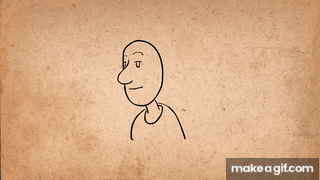
Did you know that filmmakers at Disney always emphasize and apply curved motions? In general, this principle is based on the law of appeal, a real phenomenon around us.
If we shoot an arrow, its trajectory is always a curved path. In reality, scenes containing curved motions create a smooth and physics-friendly feel. Conversely, having an object move in a straight line can make scenes feel less natural.
8. Secondary action

If you desire a film with depth, you must not overlook the creation of secondary action. Most often, these scenes involve the character’s expressions regarding an event. The main purpose is to direct all attention to the primary event. In the 12 principles of animations, this is a challenging technique that requires a high level of expertise.
In this context, filmmakers need to know how to create secondary scenes to complement the main scene. The main difficulty lies in ensuring that the secondary scenes do not overshadow or detract from the main content that the author intends to convey to the audience.
9. Timing
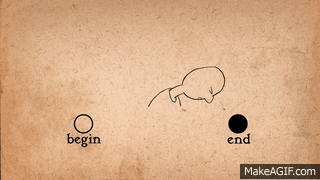
Adjusting timing is a fundamental skill in animation. However, it is challenging to fine-tune every detail to match seamlessly. For instance, character movements must synchronize with the music. Even a slight deviation can have a significant impact on the viewer’s experience.
In general, this is a lengthy process that requires substantial practical experience. If you encounter difficulties and errors in timing adjustments while animating, don’t worry too much. Practice repeatedly to enhance your ability to feel the rhythm better each day.
10. Exaggeration

In general, the principle of exaggeration serves to add humor or drama to a scene, making ordinary sequences more vibrant and engaging. For the audience, this prevents the experience from becoming dull.
This is achieved by emphasizing and focusing on the character’s expressions. You’ve likely encountered scenes where the exaggerated expressions of fear or anger of a character are showcased up close. This is the most basic sign of applying exaggeration. Overall, this technique also helps convey the emotions of the film more effectively.
11. Solid drawing
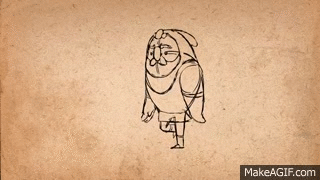
The greatest challenge for animators is perhaps achieving the consistency of each drawing. To address this, Disney filmmakers often apply rules regarding anatomy, shape, volume, and weight.
Furthermore, animators also need a profound understanding of techniques related to balancing light and shadow on objects. In general, enhancing solid drawing is a lengthy process that requires daily perseverance.
12. Appeal
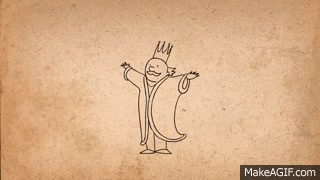
The final principle in the 12 principles of animation is to create appeal for the characters. In doing so, you must clearly express the character’s personality. Most importantly, it should convey to the audience that the character exists rather than being mere lines on paper.
According to Disney animators, there is no formula to help you achieve everything perfectly. However, you must remember that a successful animated film requires a combination of design, visuals, and emotions.
In conclusion
Up to this point, we have updated and introduced to you the 12 principles of animation. In general, these are the fundamental aspects of filmmaking at Disney that every filmmaker should be familiar with. I hope you can apply these principles to your work and passion.




